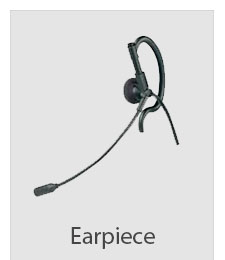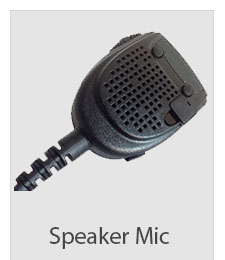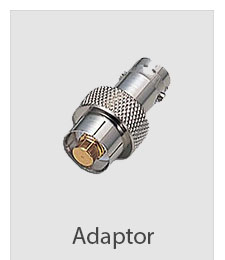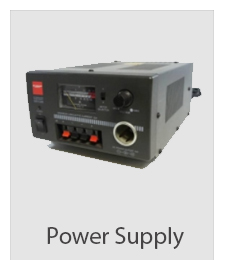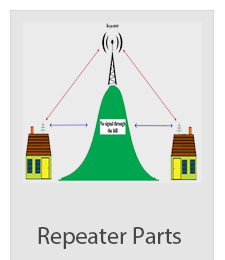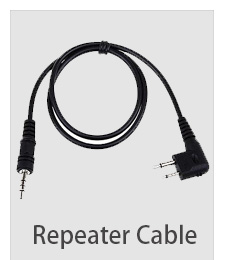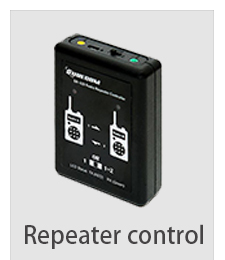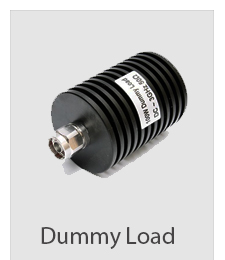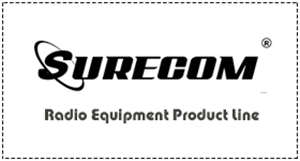Where to measure SWR
It is important to know the best place to measure the VSWR for ease, seeing what VSWR is seen by the transmitter, and how the antenna is performing.
Unfortunately these requirements do not coincide and therefore it is necessary to understand what happens and how the VSWR measurements and readings can be distorted.
The main issue is the feeder loss that is always present to a greater or lesser degree. This can have a major effect on the VSWR readings that are seen.
Any feeder loss absorbs power in both directions, and a high level of feeder loss can mean that the reflected signal is much reduced. It is reduced as a forward signal to the antenna, and then again as a reflected signal back to the transmitter. This means that an antenna with a poor match and a very high VSWR may appear as being fine at the transmitter because the signal is reduced on its way to the antenna, and even thought he same percentage of power is reflected, it is the same percentage of a smaller amount. This means that with a feeder that introduces a high loss the VSWR can seem good at the transmitter, but at the antenna itself it may be very poor.
As an example take the example of a transmitter transmitting 100 watts through a feeder with a loss of 3 dB. This means that only 50 watts reaches the antenna. If the antenna has a poor match and the resulting VSWR is 8:1, i.e. 60% or 30 watts of the power is reflected. This is further attenuated by 3 dB meaning that only 15 watts reflected power is seen at the transmitter.
The reflected power has been attenuated by 2 x 3dB, i.e. 6 dB and this means that a VSWR at the antenna of 8:1 is seen at the transmitter as a VSWR of 2.2:1 which is not bad.
|






